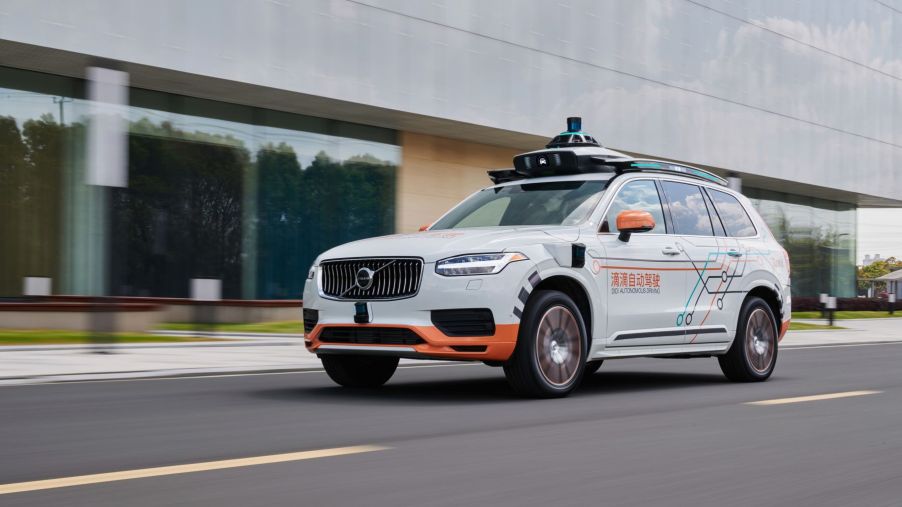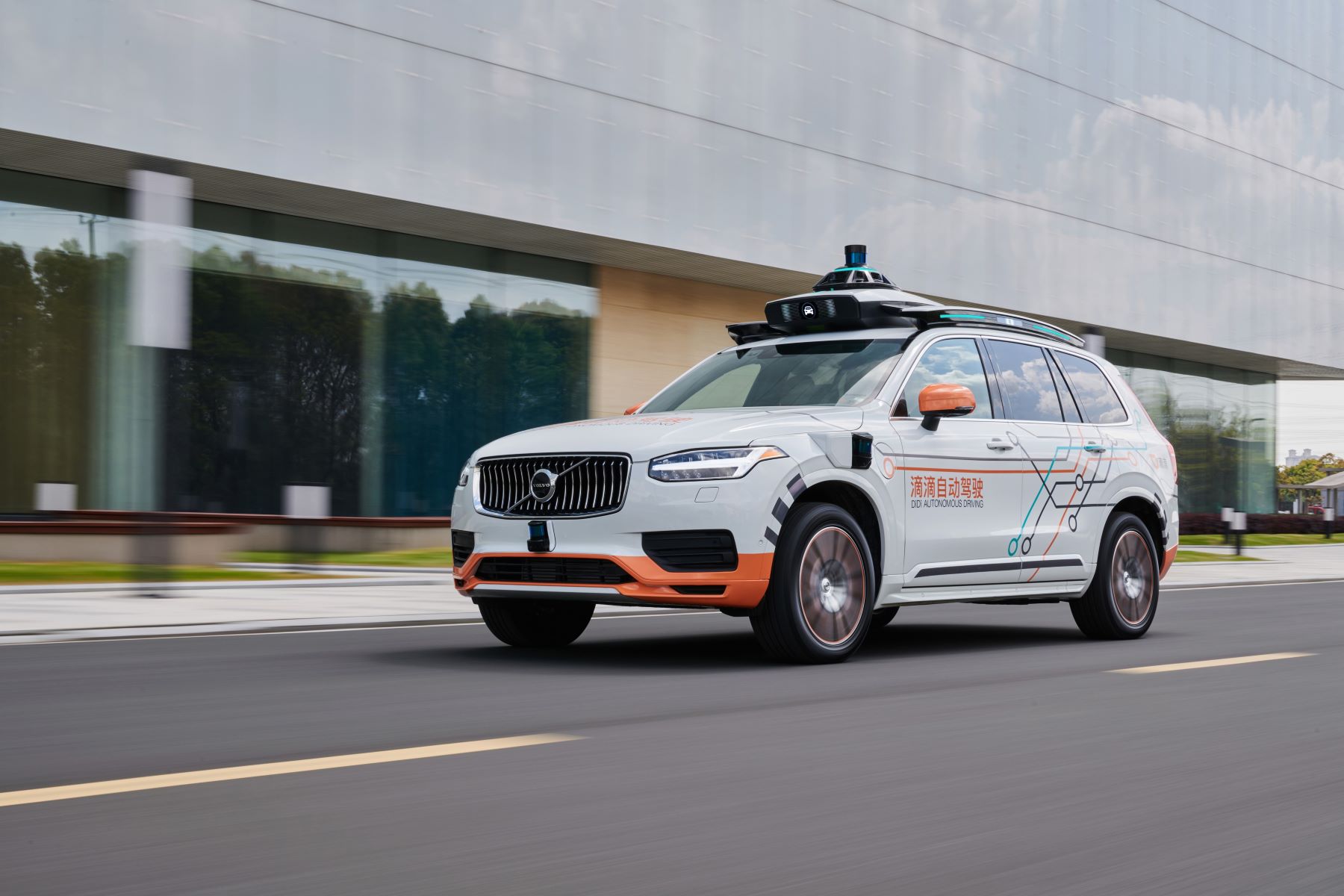
When Volvo Will Have Its First Autonomous Vehicle Might Surprise You
It’s an exciting time in the automotive industry. Automakers are doing more than a simple shift to electric and hybrid vehicles with the push toward more environmentally-friendly vehicles. They are creating exciting innovations and making real progress on others like autonomous vehicles. Volvo is one of the automakers who have set some pretty ambitious goals. Where is the company in the push toward EVs, and what about autonomous vehicles?
Volvo will be fully electric by 2030

Last year, Volvo announced it would no longer be selling gas-powered cars by the end of this decade, according to Kelley Blue Book. It’s certainly not the first automaker to set such a goal, but Volvo’s plan is more aggressive than those set by its peers.
As many as 25 countries have declared target dates for restricting or banning vehicles that run on fossil fuels. For Volvo, there are many lucrative markets like Germany and Sweden with laws that will make selling combustion engine cars hard or impossible by the end of the decade. Volvo is headquartered in Gothenburg, Sweden, even though Geely Auto of China owns the automaker.
Volvo intends to sell its last gas-powered car way before 2030. The automaker plans to have half of its global sales be EVs by the end of 2025, with the other half being hybrid vehicles. Then, by 2040, the company plans to be carbon-neutral.
Volvo’s plans for autonomous vehicles
When you think of autonomous cars, you’d first think about Tesla, a company that has been in the news a few times for testing its Autopilot and self-driving technology. Elsewhere, you may have heard that Ford and General Motors have plans of their own to implement such systems, such as with Super Cruise. However, most would be surprised to know Volvo also has plans to sell the closest thing to a self-driving vehicle the U.S. has seen, according to KBB.
Early in Jan. 2022, at the CES consumer electronics show, Volvo announced its new Level 3 autonomous driving system called Ride Pilot. The system uses lidar, radar, ultrasonic sensors, and a 360-degree camera set up to navigate the road without human input. According to Volvo’s Chief Technologies Officer Henrik Green, a driver with their hands on the steering wheel and their eyes on the road will not be required.
Once Ride Pilot has been verified as safe to use on the highways, it will be available as an add-on subscription when you buy Volvo’s upcoming all-electric SUV, the C40 Recharge.
Levels of autonomous driving technology
While autonomous to most means a car that can completely drive itself without aid, that’s not exactly where we are in the development of this technology. There are six levels of autonomy when it comes to cars, with each level presenting a unique set of abilities and limits.
Level 0 means the car has no autonomous abilities at all. The driver does everything, which is the case for a vehicle without any driver-assistance features. Level 2 vehicles are a bit more adept, such as controlling accelerating or braking, but still require a lot of driver input. Currently, most autonomous vehicles in development are Level 2, including Tesla’s Autopilot.
The next step up is Level 3 vehicles, which can accelerate and steer, but they can’t be left unattended. Someone must be seated in the driver’s seat and ready to take control of the vehicle at any moment. The upcoming Volvo technology will create a Level 3 vehicle, providing a more hands-off driving experience than ever before.
As of right now, there aren’t any Level 3 vehicles sold in the U.S. If Volvo meets its goals, Ride Pilot may be the first Level 3 autonomous vehicle on U.S. roads. Drivers will have free time while driving, according to Volvo. They’ll be able to put time into other activities like reading, socializing, or work.


